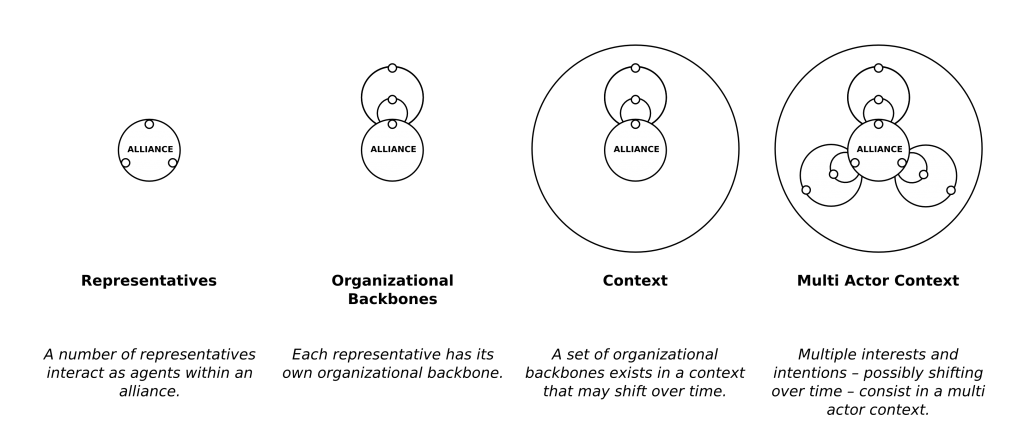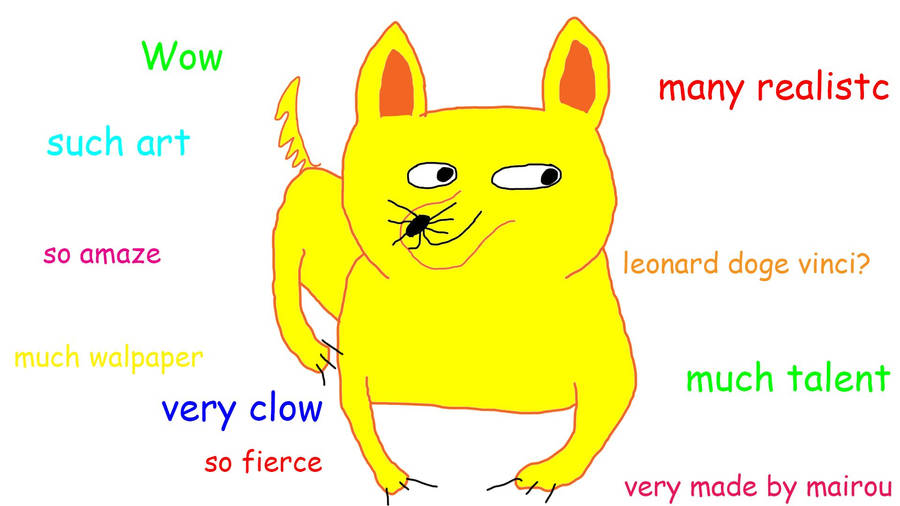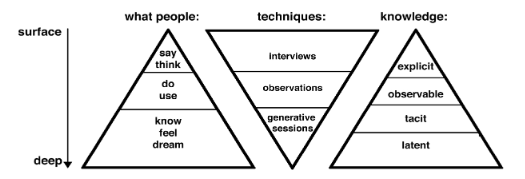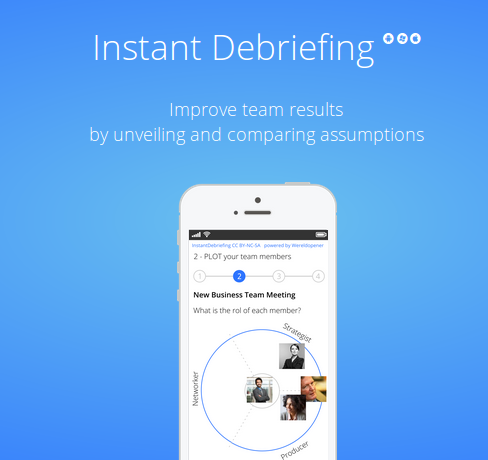Project volumes, program complexity and sharp deadlines ask for lean team work. Nonetheless team work can be tough. Sometimes I wonder how teams manage at all. Creativity and humour help:
“There is no I in eagle” -Adri Kamp, miller at Molen De Arend, Terheijden, the Netherlands.
http://www.molendearend.nl/
This article explores a framework on organizational interaction and team dynamics. It states why facilitation of a profound dialogue improve team results. The article concludes with conditions that support a deepened dialogue. Finally it introduces a prototype for team evaluation and a method for debriefing.
TEAM WORK IS TOUGH WORK
Organizational advisers usually de-pressurize a context and build a first level of trust through LSD: Listening, Summarizing and asking Deeper questions.
“Communication about blockades is the job of an organizational advisor, although most people would like to avoid this” – Hans Vermaak
Negotiators work alike, yet through a more direct method. For example, the approach ‘Let them sweat first’ pulls a negotiation through three phases:
- kick off with a stalemate situation,
- show strong attitude and
- create mutual understanding and agreement.
Each in their own way these styles deal with ‘paralysis before analysis’. Both harder and softer approaches apply to a better team understanding. Both are about opening up and narrowing down.
OPENING UP BY ENTERING TWO HEADED PERSPECTIVES
Dialogues are both in depth and superficial at once. They are layered. A dialogue can be substantive, process-oriented and also targeting behaviour. Especially while opening up a dialogue towards a better understanding of needs and blockades, a variety of topics on team dynamics arises. Here are three common – but inconclusive – categories useful for describing team dynamics:
- Contextual dualities
- Simultaneity
- Biases
Contextual dualities
Let us dissect a basic alliance. Assume three representatives acting as agents on behalf of three separate organizations. Such an alliance can be about building the New Orleans water barriers, about a think tank on the morality of epigenetics or a about government & industry working together in crisis response teams.

Each representative has its own organizational backbone. Together these organizational backbones exist in a context that may shift over time. When we are performing a complex task for the first time, perhaps even with unacquainted team members, time might not be on our sides. The frame of the original assignment may even shift. Think about political shifts, organizational changes and personal development.
Simultaniety
There is much going on at different levels of such a multi actor context. The extent to which people are able to cope with simultaneity is questionable.

Looking from a helicopter perspective, meandering transitions are influencing team work. These transitions are both plastic and robust. Take for instance how a new law – the ultimate dream of each lawyer – also attracts new workarounds – such as the ultimate playground of a computer hacker or a tax accountant. And vice versa. Plasticity and robustness go hand to hand:
“Careful analysis of what happens during development suggests that it is no longer helpful to retain a hard and fast distinction between robustness and plasticity” – Bateson & Gluckman
Source: Bateson and Gluckman, 2011, Plasticity, Robustness, Development and Evolution
Let us zoom in onto the level of organizational constellations. Here we can distinguish a chaotic as well as an entangled perspective. Alliances are interwoven compositions. Compositions one can disentangle. Alliances are also merged composites. Composites with blended components. This holds for hierarchical and behavioural tructures:
“… complex systems arise from both entangled and blended connections of primary self-interests and thoughtful community concerns” – Geert Teisman
Source: Geert Teisman, 2007, Publiek management op de grens van chaos en orde
Narrowing down to the team level, small subgroups are present. Both cooperation and competition push and pull individual interests, behaviour and decision making. For instance, when working together, people compete ‘automagically’ and often unaware for attention. People want to be heard. People want attention for a personal bandwagon. People want to feel included.
Stepping into the smallest level, we enter the level of individual decision making. Here we distinguish several perspectives of simultaneity: our stress and reward system, subconscious decision making versus rational explanation and dealing with both measurements and predictions, to name a few.
So within a multi actor context there are many dual or paired themes. We could say ‘where there is cooperation, there is competition’. I use this two-headed monster as a visual reminder:
Copyright Sesamestreet
Biases
Biases can be more or less explained as unfair prejudices. They are useful for individual decision making and dealing with dualities. Cognitive biases can also be unfair prejudices towards the group or oneself:
“Cognitive biases describe how people are expert in creating seemingly rational and subjective explanations of personal behaviour and perception – Kahneman & Frederick”
Source: Kahneman, Daniel; Shane Frederick (2002). “Representativeness Revisited: Attribute Substitution in Intuitive Judgment”. In Thomas Gilovich, Dale Griffin, Daniel Kahneman. Heuristics and Biases: The Psychology of Intuitive Judgment. Cambridge: Cambridge University Press. pp. 51–52″
Cognitive biases lure and have the power to paralyse team efforts and results. Group thinking, social pressure, fundamental attribution error and bounded rationality are just four of many biases.
There are different types too. Behavioural biases are for instance the hindsight biases ( I knew it all along ) and loss aversion ( Losses loom larger than gains ). Examples of social biases are the halo effect ( Whis is why we take a selfie with a celebrity ) and in-group bias ( George W. Bush: ‘You are either with us or against us’ ). There are also memory biases, example given, false memory and the spotlight bias.

The class of memory biases are interesting, because it touches how we tick. Marketeers, teachers and parents might agree that repetition influences memory. It creates a truth. A brain scientist might describe this as:
A single stimulus strengthens the synapse (short term memory) where repeated stimulation causes kinases to move into the nucleus, leading to gene expression and growth of new synapses (long term memory) – source not documented
Read more at http://www.z11org.nl/documents/10156/67807/Swaab.pdf & Molecular mechanisms of short and longterm facilitation
Or more popular: ‘Cells that fire together, wire together’. This means that a memory bias can distort perception. Through such distorted perception, a memory bias influences behaviour. Declaring a false statement – obtained under pressure – unfortunately is an everyday example.
Furthermore, influencing behaviour not only leans on repetition but also on emotion:
“Emotions and memories are tightly interwoven” – Barry J. Gibb
Source: 2012, The Rough Guide to the Brain
Because emotions and memories are interwoven, we can assume that emotions too have the ability to drive or lock our behaviour. Just like you feel like going for a quick run when the morning sun is shining.
Now we know many cognitive biases help us make individual decisions. We also have a strong indication that these biases can catalyse as well as undermine team results. So how can we make best use of them?
NARROWING DOWN ON ASSUMPTIONS
The range of everyday biases suggest that making assumptions helps. Biases seem to have evolved to support human decision making and dealing with simultaneity. The catch is that many assumptions might be firmly grounded in biases. These are biases that are more or less distorting our perception of reality.
A profound dialogue – five conditions
Now suppose team members would like to overcome such distortion by exploring mutual assumptions. What conditions would help teams becoming more effective?
- It would not hurt team members to embrace complexity. Only acceptance of biases within a multi actor context establishes a deepened dialogue.
- Enabling a dialogue about assumptions stimulates a mutual understanding of otherwise hidden and personal motivations, as Chris Argyris explained.
- Tacit and latent knowledge is best discovered though a generative approach, known from design methodologies:

The way to access experience (modified from Sanders, 1999, by Visser, Stappers en VanderLugt, 2003) - The generative approach must somehow establish a open and playful dialogue to overcome the pitfalls of overt language. These ideas by Steven Picker are introduced in another post about Provoking explicit language.
- Teams should adopt low threshold tools and methods that help them playfully unveil assumptions. Such tools and methods help teams establish and access a steady common ground. Autonomously and instantly. They help overcome individual universes that are otherwise driven by biased perspectives and motivations.
Act smart in an early stage
Effective teams ask for a constructive open dialogue. Such a dialogue needs actively unveiling of assumptions. Using the right method this can be done Specific, Measurable, Attainable, Realistic and Timely. You can now imagine how the inability to unveil assumptions will result in costly and time consuming corrections later on.
Facilitate your team dialogue
The fact that you are reading this blog post assumes that you are already acquainted with InstantDebriefing. InstantDebriefing is a prototype intervention. An app supports the method for opening up a dialogue.
Feel free to use the demo. Facilitate evaluation and feedback in your team meetings. I appreciate your ideas, requests and responses via hello [ at ] instantdebriefing.com
If you wish to share a lightweight version of the ID concept, without referencing the underlying framework, feel free to link to my guest blog at Vroemen.org explaining 6 reasons to use InstantDebriefing.
